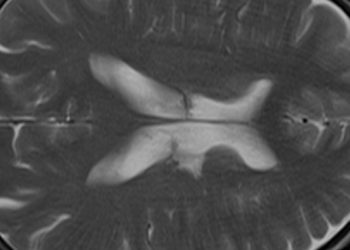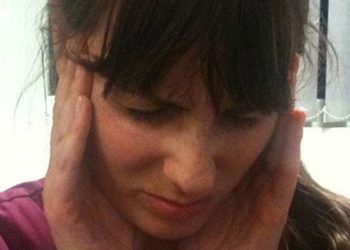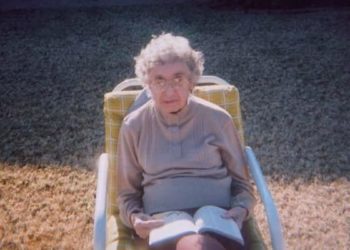Overground robot-assisted gait training may be effective in children with cerebral palsy
1. Overground Robot-assisted gait training (RAGT), using a new torque-assisted wearable exoskeletal robot significantly improved gross motor function and gait pattern in children with cerebral palsy (CP).
2. RAGT may complement standard rehabilitation by providing adequate assistance and therapeutic support to children with CP.
Evidence Rating Level: 1 (Excellent)
As children with cerebral palsy (CP) experience gait impairments that significantly impact daily activities and social integration, a key therapeutic goal in children with cerebral palsy (CP) is to enhance their walking ability. The technologically advanced robot-assisted gait training (RAGT) may contribute to effective rehabilitation; however, evidence on their effectiveness in children with CP is weak and inconsistent. Specifically, there is a lack of multicenter large-scale randomized clinical trials examining the effects of overground wearable exoskeleton RAGT in children with CP. Torque-assisted wearable RAGT device is a recently developed robotic suit that allows training on various terrains and can assist joint motion based on assist-as-needed control; however, few have been tailored for children. This prospective, single-blinded randomized clinical trial thus investigated the effects of overground RAGT using an untethered, torque-assisted, wearable exoskeletal robot in children with CP from 5 pediatric rehabilitation centers in Korea. 90 children with CP aged 6 to 15 years and 98 to 150 cm tall were randomly assigned 1:1 to the intervention or control group. The experimental group underwent 30 minutes of RAGT, whereas the control group underwent 30 minutes of conventional physical therapy (PT) 3 days per week for 6 weeks. Functional and kinematic assessments were performed for all patients at baseline, at the end of the 6-week intervention, and after the 4-week follow-up to investigate effect maintenance. In total, 78 participants completed the intervention, with 37 participants in the RAGT group (mean [SD] age, 9.57 [2.38] years; 18 [48.6%] female), and 41 participants in the control group (mean [SD] age, 9.32 [2.37] years; 15 [36.6%] female). Post-intervention assessments found that compared to the control group, the RAGT group showed significantly improved gross motor function as measured by the GMFM-88 total (mean difference, 2.64; 95% CI, 0.50-4.78), dimension E (mean difference, 2.70; 95% CI, 0.08-5.33), and GMFM-66 (mean difference, 2.52; 95% CI, 0.42-4.63) scores. Changes in Pediatric Evaluation of Disability Inventory–Computer Adaptive Test (PEDI-CAT) responsibility domain scores were also greater in the RAGT group compared with the control group (mean difference, 2.52; 95% CI, 0.42-4.63), indicating independence in daily living. As immediate increases in the GMFM-88 total, dimension E, and GMFM-66 scores in the RAGT group were 2.7%, 2.3%, and 1.2%, respectively, minimal clinically important difference (MCID) thresholds were achieved after the intervention, indicating clinically significant improvements. Furthermore, compared to the control at the 4-week follow-up, the RAGT group showed significantly greater improvements in balance control (mean difference, 1.48; 95% CI, 0.03-2.94) and Gait Deviation Index (mean difference, 6.48; 95% CI, 2.77- 10.19). Overall, study results suggest that this new torque-assisted wearable exoskeletal robot can provide adequate assistance and therapeutic support that can complement standard rehabilitation for children with CP.
Click to read the study in JAMA Network Open
Image: PD
©2024 2 Minute Medicine, Inc. All rights reserved. No works may be reproduced without expressed written consent from 2 Minute Medicine, Inc. Inquire about licensing here. No article should be construed as medical advice and is not intended as such by the authors or by 2 Minute Medicine, Inc.









